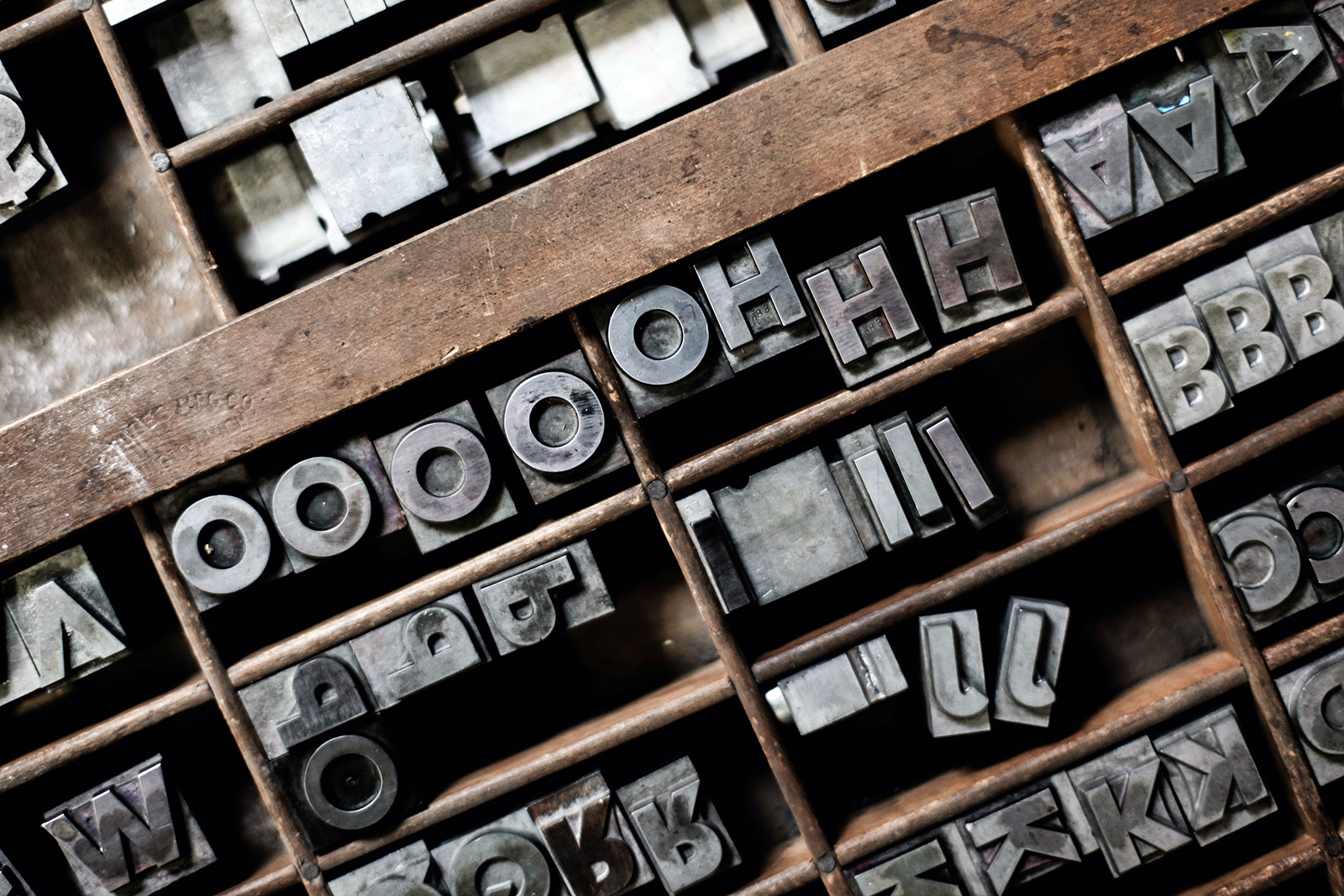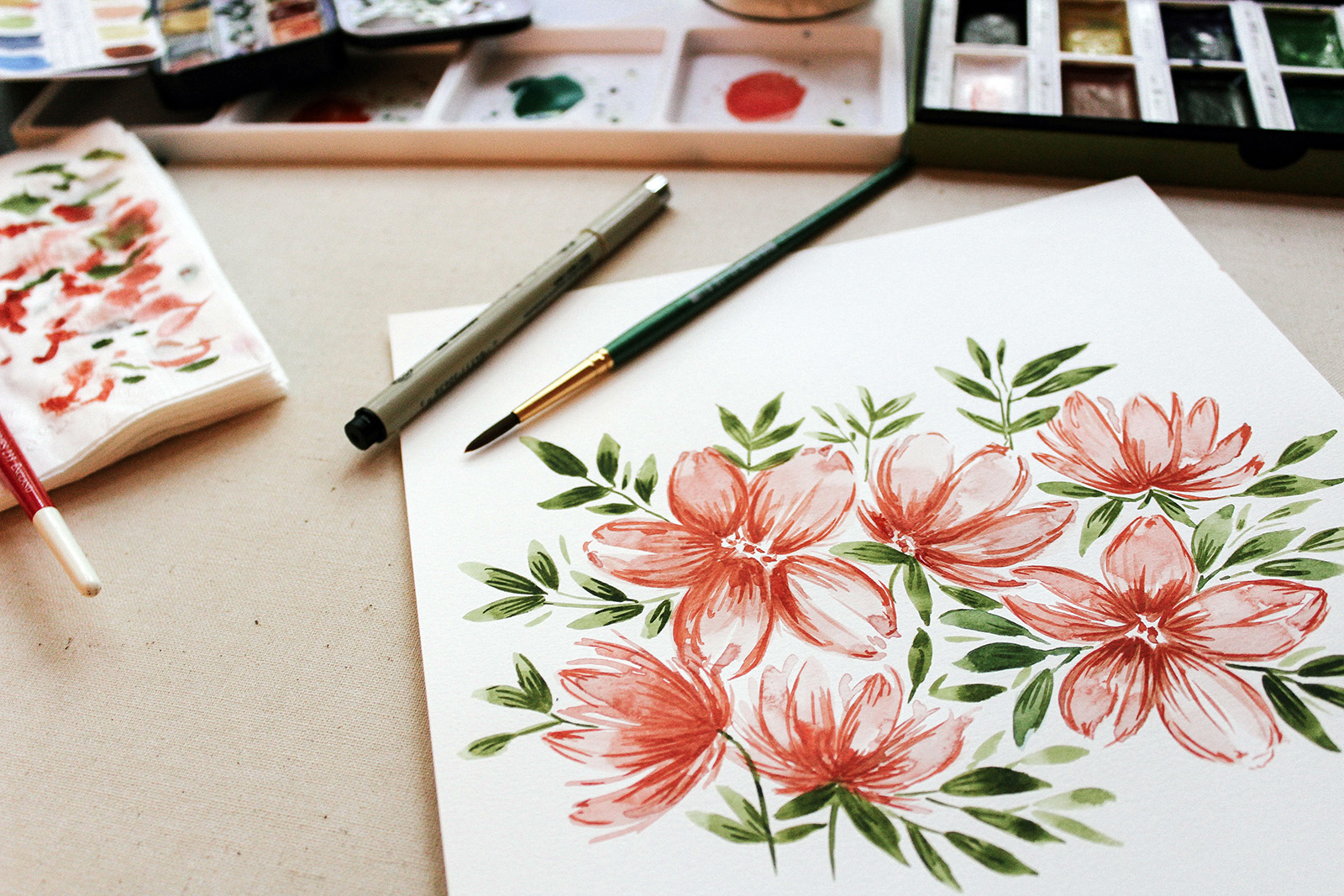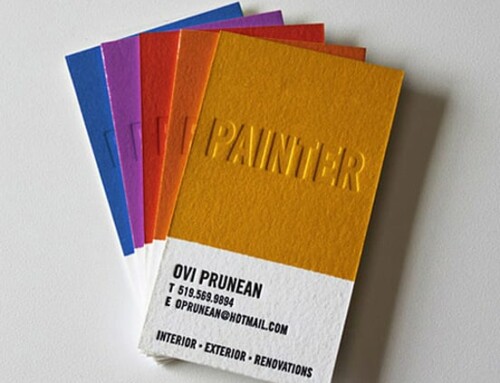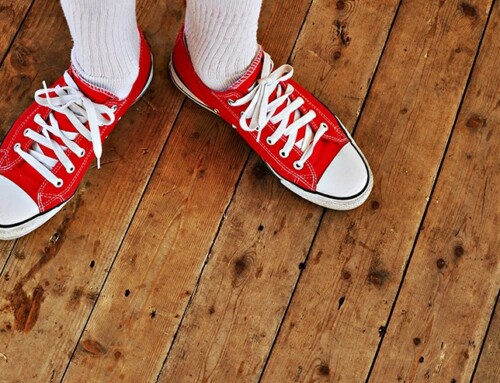Applying your brand consistently everywhere is essential to making it memorable. A brand style guide is a nifty little document that makes it much easier to be consistent — by memorializing all the key elements of your brand in one place.
(With a style guide, you won’t have to search for this stuff in your email every time you hire a creative person to help you out with marketing.)
Here are the five things you should include in your brand style guide.
1. Logo
Drop a few logo files in a folder and just put a link to the folder from your brand style guide.
At minimum, you’ll need a vector file for any designer you hire (because vector files can be edited without losing image quality), but you’ll probably also want to keep several different sizes, saved in PNG or JPG format.
What’s a vector file? Learn about “vector” and other helpful graphic-design terms here.
2. Colors
List your brand colors. Typically you’ll want a dark color, a light color, and maybe a background color or two.
Be sure to include the HEX codes for each color, as this is what will be needed for your website. If you have the HEX code, it’s easy for a designer to get the RGB or CMYK versions they may need (leave this up to them). Here’s one place you can go to choose your colors and get your HEX codes.
Pro tip: Colors will look different on every monitor, so check out your colors on a few different devices before settling on them.
3. Typeface(s)
You may be less familiar with this term than its computer-only equivalent, “font.” A typeface is a style of text that can be used on both print and digital stuff, while a font is just for digital.
Now that we’ve gotten that description out of the way, it’s surely clear: you’ll need a typeface or two. You’ll need to choose typefaces for large text, small text, printed text, and digital text. Some typefaces will work well in all these applications.
Pro tip: Oftentimes the designer who makes your logo can make a typeface recommendation.
💡 WEBSITE INSIGHT: Be sure to include a “web-safe font” so you can be confident your web pages will look good on everyone’s devices.
4. Image style
Whether it’s your printed brochure or your website, you’re inevitably going to want to use images. What types of images will you use? Will you use only photography? Illustration?
And what will be your style for those images? If you’re using illustrations, for example, will they be colorful and limited to just a couple of colors? Will the drawing style be cartoon-y or highly realistic?
In your brand style guide, include examples of the image style you intend to use.
5. Voice
It’s not just what you say, it’s how you say it. So take some time to write down the elements of your brand voice. What is the personality and tone? What jargon will you use and what will you intentionally avoid?









